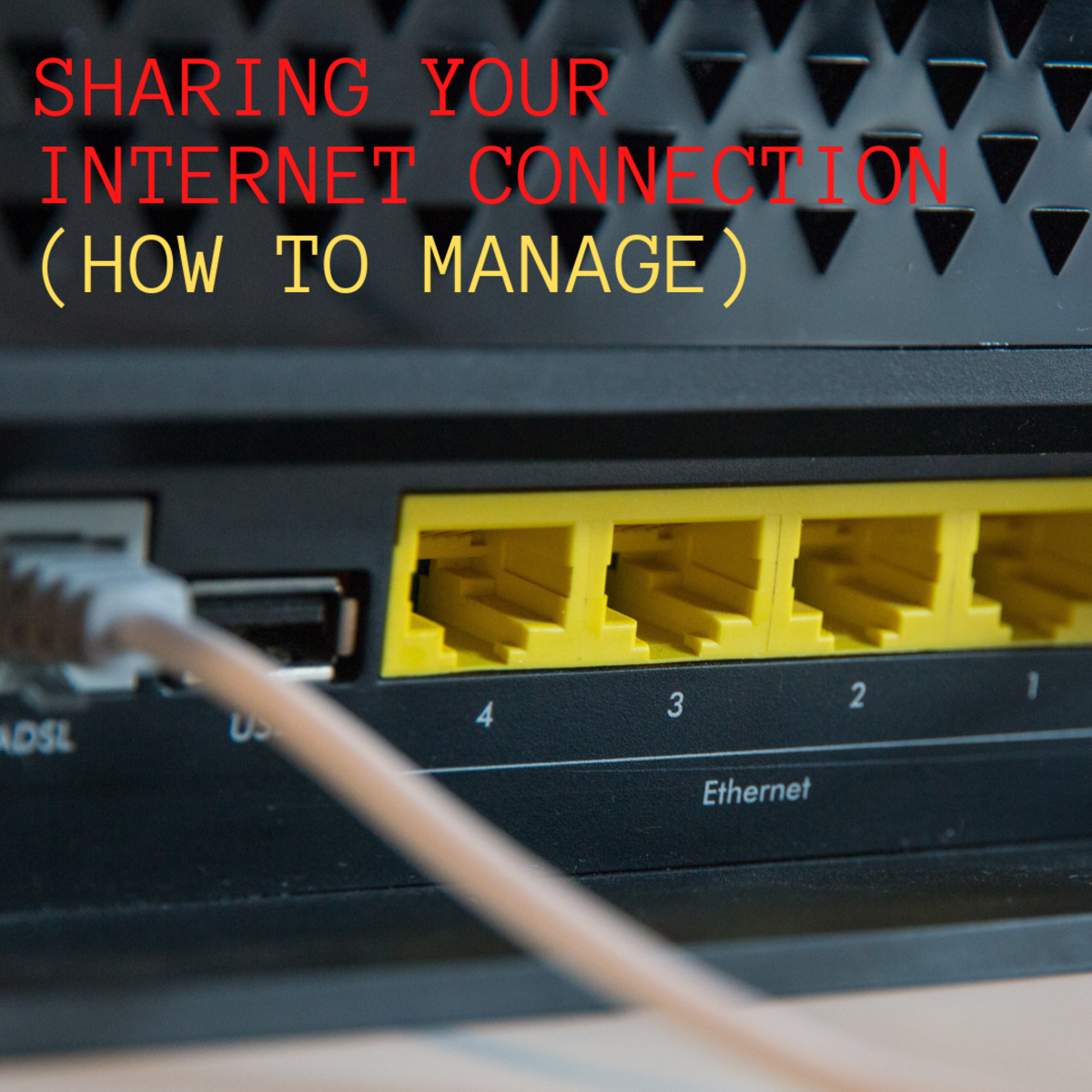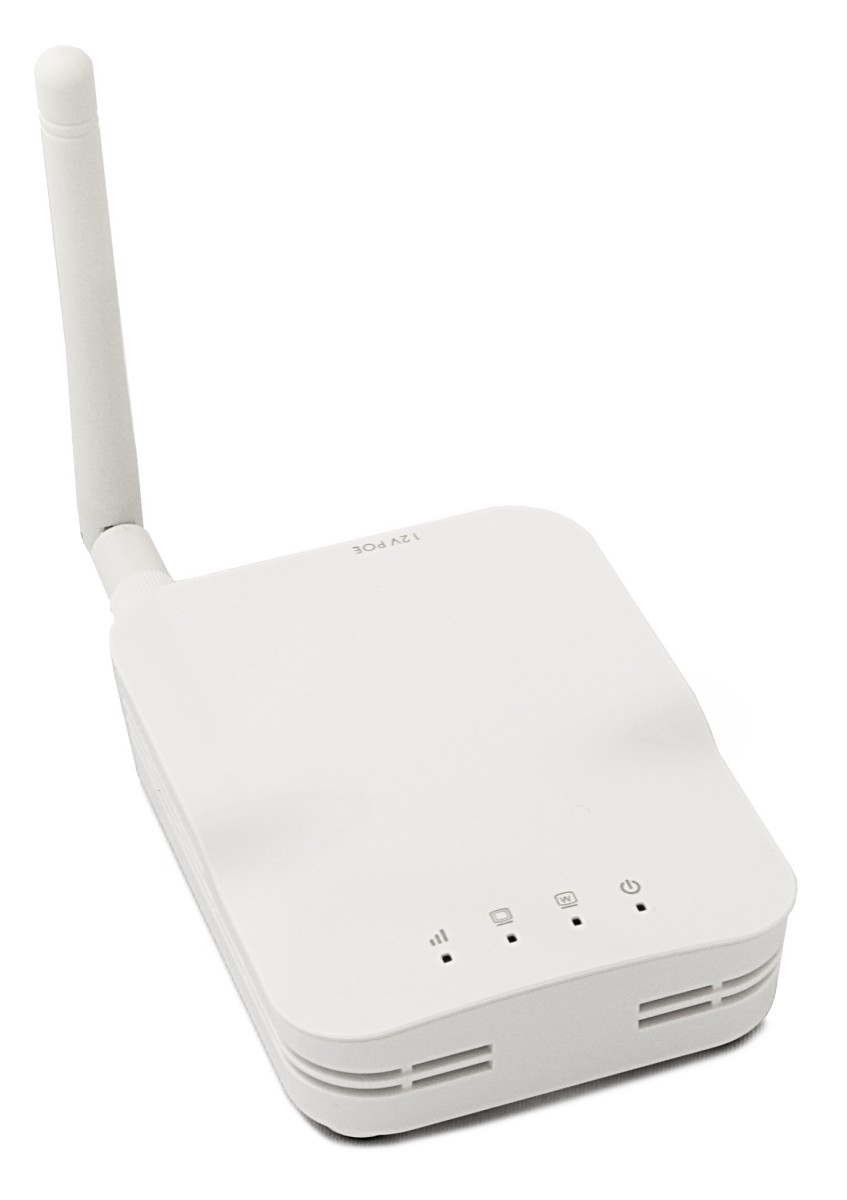Bandwidth on networks

In computer networks, there is a term known as bandwidth, which refers to the speed of the data transmissions. Bandwidth is a measure of the data that can be transmitted from one end to the other in a certain amount of time. This bandwidth is measured in bits of data transmitted in one second, known also as bits per second (bps). Since bps is such a small figure for modern networks, the bandwidth is called megabits per second (Mbps). This is not to be confused with Megabytes per second. This is symbolized with (MBps), where 1 byte is equal to 8 bits.
LAN technologies
Ethernet networking and cabling technologies are defined as the IEEE 802.3 standard. There are a number of variations of this standard, depending on the speed, the length, the topology, and also the cabling used in implementing the network. There are a number of network standards:
10 Mbps Ethernet.
The 10 Mbps standards include 10Base2, 10BaseT, and also 10BaseFL. All of these Ethernet standards have a maximum data transfer speed of 10 Mbps. This speed is considered slow on for most major networks now.
There are a number of different variations of the 10 Mbps networks. These are:
10Base2
This standard uses RG-58 coaxial cable with a maximum each segment length of 185 meters. This network can achieve a maximum speed of 10 Mbps. These segments are normally wired in a physical bus topology.
10BaseT
The 10BaseT Ethernet standard uses CAT 3, 4, or 5 UTP cables.
10BaseT has a maximum of 100 meters for each cable length. All the computers are connected to a central device called a hub or a switch. It is normally wired in a physical star topology.
10BaseFL
The 10BaseFL Ethernet standard has fiber optic cables. 10BaseFL allows the increase of the cable segment lengths to 2000 meters.
100 Mbps Ethernet.
Newer networks support 100 Mbps speeds, which gives a better bandwidth for very demanding applications, and data transfers. There are a number of 100 Mbps standards:
100BaseTX
100BaseTX networks use two pairs or a UTP CAT 5 cable. The length of cable segments can be up to 100 meters in length.
100BaseT4
100BaseT4 networks use four pairs of a CAT 3, 4, or 5 type cables. The length of 100BaseT4 cable segments can be up to 100 meters.
100BaseFX
100BaseFX networks will use multimode or single-mode fiber optic cables and will provide up to 100 Mbps data transfer rate. The length of cable segment for 100BaseFX can be up to 412 meters for multimode and up to 10,000 meters for a single mode cable.
1000 Mbps Ethernet.
1000 Mbps (equal to 1 Gigabit) Ethernet networks known also as Gigabit Ethernet. These networks will use either a copper-based or fiber optic cabling. Gigabit Ethernet networks are implemented mainly as backbones for larger networks. A description of Gigabit Ethernet standards are:
1000BaseX
The Gigabit standards include 1000BaseLX, 1000BaseSX, and 1000BaseCX. 1000BaseLX and 1000BaseSX make use of multimode or single-mode fiber optic cables. The 1000BaseCX standard uses shielded twisted pair (STP) cables.
1000BaseT
The standard uses four pairs of CAT 5 UTP cable. Each of the pairs of the CAT 5 cable can achieve a maximum data transfer speed of up to 25 Mbps, making it 1000 Mbps.
WAN technologies
A wide area network(WAN) is made up of two or more interconnected local area networks (LANs). It will normally be a telephone company or your ISP that is involved in providing the connectivity between the geographical locations of the offices. A WAN is sometimes set up using a dial-up telephone line for low bandwidth requirements, or it can be set up using a high-bandwidth dedicated line. You can also setup a tunnel with the WAN connection through the Internet. There are a number of technologies used for WAN connectivity:
Internet Service Provider (ISP).
Internet Service Provider is an organization that provides you Internet access or a wide area networking facility. ISPs will provide you with a low-cost Internet connection to home users via a dial-up, or a cable modem, or an ISDN (BRI), or even a Digital Subscriber Lines. For larger organizations that need a high speed connection, the connectivity is provided via Gigabit Ethernet, ATM, ISDN (PRI), T-carriers, or Sonet.
The Internet has a hierarchy of lower-level and higher-level ISPs. Customers can connect to the ISP. That ISP will themselves be connected to their upstream ISPs. This is called peering, where all ISPs interconnect with each other at a point known as the Internet Exchange (IX). This is done to allow the routing of data to the other networks. ISPs that do not have an upstream ISP, are called Tier 1 ISPs. These are the ISPs that sit at the top of the Internet hierarchy.
Integrated Services Digital Network (ISDN).
ISDN is a packet-switched network that allows the transmission of data and voice over telephone lines. The results are a much better quality and also higher data transfer speeds than the older dial-up connections. ISDN does require a dedicated telephone line or sometimes called a leased line. Computers that use an ISDN line will also need a special network interface called an ISDN adapter or terminal adapter.
ISDN communications can use two types of different channels, a bearer channel (B channel) which is used for data (or voice), and also a delta channel (D channel) used for control signals. There are two main implementations of ISDN which are:
Basic Rate Interface (BRI)
BRI ISDN uses 2 x B channels of 64 Kbps each for data and voice, and also a D channel of 16 Kbps. The total data transfer speed of BRI ISDN using two B channels is 128 Kbps. The two B channels can be used separately with 64 Kbps speed.
Primary Rate Interface (PRI)
PRI ISDN uses 23 B channels of 64 Kbps each for data and voice, and a D channel of 64 Kbps. The total data transfer speed of PRI ISDN is upto 1.544 Mbps. The PRI ISDN is carried over dedicated (leased) T1 lines.
Digital Subscriber Line (DSL).
DSL is a set of technologies that use ordinary analog telephone lines, since most of the phone lines to homes and business is still analog. A DSL line provides digital data transmissions. DSL uses different frequencies for voice and data signals, and the same telephone line can be used for phone and data transfer at the same time. It is now commonly used for high-speed Internet access for homes and offices, competing with the well known and established cable TV internet connections. Different DSL technologies are collectively noted as xDSL and they support data transfer speeds from 128 Kbps to upto 24 Mbps, as given in. There are a number of versions of DSL including:
Asymmetrical DSL (ADSL)
ADSL is one of the most common of all the types of DSL variations. The download speed of data is much faster than upload speed. It uses one channel for the analog voice (telephone) transmissions, a second channel is available for data uploads, and a third channel for data downloads
Symmetrical DSL (SDSL)
SDSL supports equal speeds for both of the data uploads and also downloads. It can't be used for voice transmissions and is only available for Internet access at offices.
ISDN DSL (IDSL)
IDSL is a variation of symmetric DSL. This does not support analog voice transmissions and is only used in the environments where ADSL and SDSL are not available.
Rate Adaptive DSL (RADSL)
RADSL is a variation of asymmetric DSL that can vary its transfer speeds, depending on the specific line conditions. It supports both data and voice transmissions.








